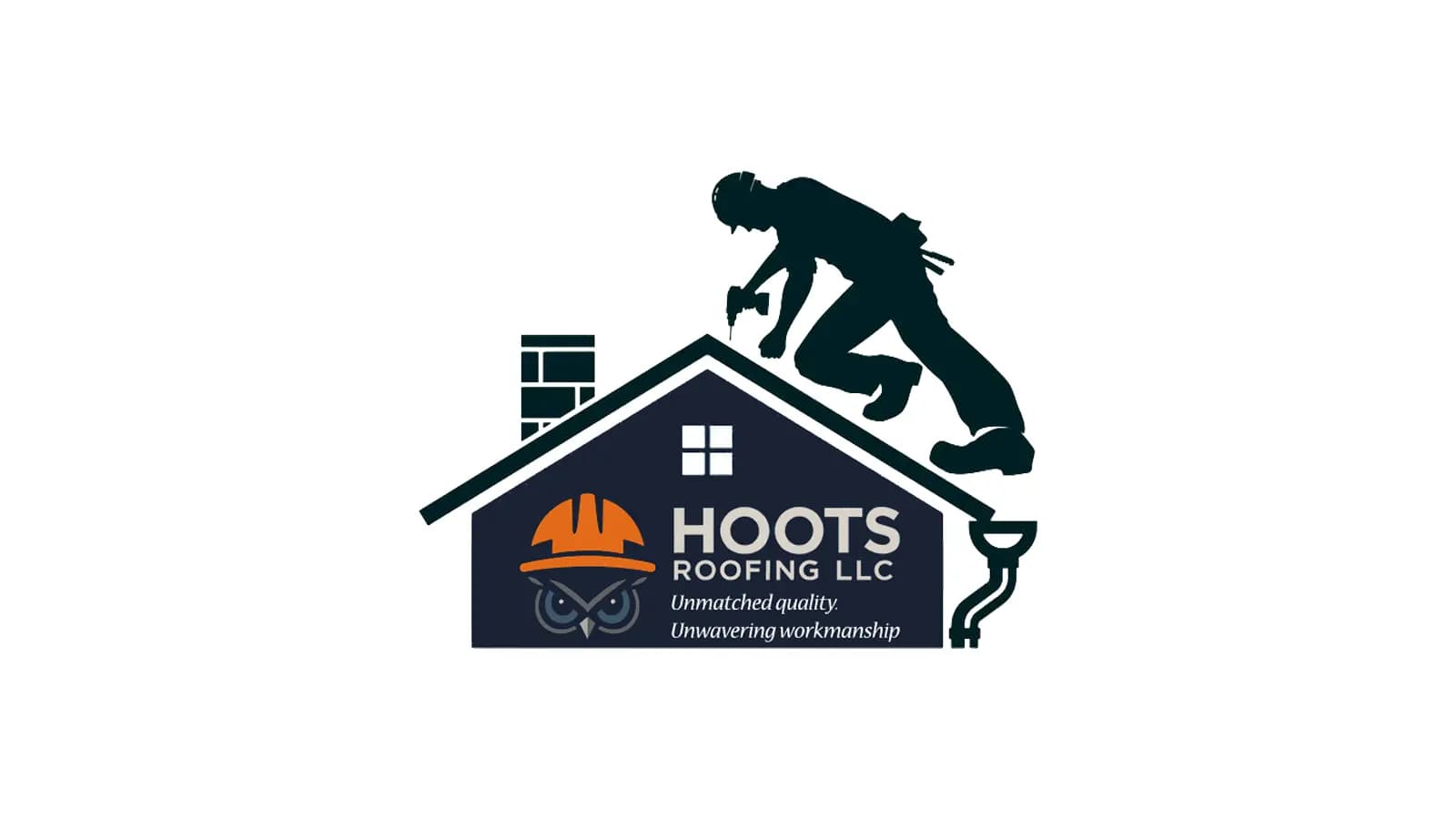The Hidden Hero of a Healthy Roof
When most homeowners think of roofing, they picture shingles, flashing, and gutters. But one of the most critical — and overlooked — elements of your roofing system lives underneath: attic ventilation. Done right, it helps your roof breathe, keeps your home comfortable, and protects your investment. Done poorly, it silently shortens the lifespan of your roof.
What Ventilation Really Does
At its core, ventilation is about balance: moving air in through soffits (intake) and out through ridge vents, box vents, or gables (exhaust). This steady exchange of air solves three problems at once:
- Moisture control: Prevents condensation that can rot decking and invite mold.
- Temperature regulation: Reduces attic heat that cooks shingles from beneath.
- Energy efficiency: Keeps your HVAC from working overtime in the summer.
Without it, hot air and moisture get trapped — and your roof pays the price.
Common Signs of Poor Ventilation
- High energy bills in summer or winter
- Uneven temperatures in upstairs rooms
- Musty smells or visible mold in the attic
- Ice dams in winter (for colder climates)
- Curled, blistered, or prematurely aged shingles
These aren’t just annoyances — they’re red flags that your roof may be deteriorating faster than expected.
Why It Matters in Middle Tennessee
Our climate is humid, stormy, and hot. That means two big risks: moisture intrusion and heat buildup. Without airflow, humid air condenses inside the attic, feeding mold growth and weakening wood. Meanwhile, summer heat can push attic temps over 140°F, literally baking shingles and shortening their lifespan.
Shingle Manufacturers Require It
Here’s something many homeowners don’t realize: major roofing manufacturers require proper ventilation for their warranties to stay valid. If you file a claim and the attic shows inadequate ventilation, coverage may be denied. That makes ventilation not just smart, but essential to protect your warranty rights.
The Cost of Getting It Wrong
Poor ventilation doesn’t just shave years off your roof — it creates a domino effect of hidden costs:
- Rotting decking that must be replaced during reroofing
- Mold remediation expenses
- Higher heating and cooling bills for years
- Warranty voids that leave you paying out-of-pocket
A few hundred dollars invested in proper vents can prevent thousands in unexpected costs later.
Myths About Attic Ventilation
- “I have vents, so I’m fine.” Quantity doesn’t equal balance — you need the right ratio of intake and exhaust.
- “More vents are always better.” Too much exhaust without intake creates negative pressure, pulling conditioned air out of your home.
- “I don’t need ventilation in winter.” Cold months are when moisture issues peak, making ventilation critical year-round.
How to Get Ventilation Right
- Check soffit intake vents: Clear them of insulation or paint clogs.
- Add continuous ridge venting: This is often the most efficient exhaust method.
- Balance the system: Aim for a 50/50 intake-to-exhaust ratio.
- Consider baffles: They keep insulation from blocking airflow at the eaves.
- Professional inspection: A roofer can measure attic airflow and recommend fixes.
Real-Life Example
We recently inspected a 9-year-old roof in Columbia, TN, with shingles that looked more like they were 18 years old. The cause? Blocked soffit vents and no ridge vent. The decking was soft in multiple areas, and the homeowner faced a costly premature replacement. Had proper ventilation been installed, that roof might have lasted another decade.
The Bottom Line
Attic ventilation isn’t glamorous, but it’s one of the smartest investments you can make in your roof’s health. It extends shingle life, lowers energy bills, protects your warranty, and prevents hidden damage. Neglect it, and you may pay the price years before you should.
Final Thoughts
Whether you’re repairing a leak or considering a full replacement, make ventilation part of the conversation. It’s not an upsell — it’s essential roofing science. The difference between a roof that lasts 12 years and one that lasts 25 often comes down to something as simple as airflow.
Ready to Have Your Roof Checked?
👉 Schedule a Free Roof Consultation
📞 Call (931) 221-2115 today and let us ensure your attic — and your roof — can breathe the way it should.

